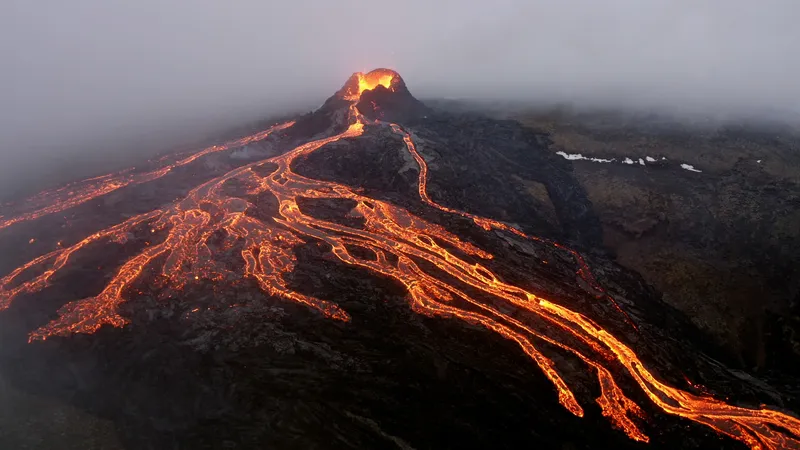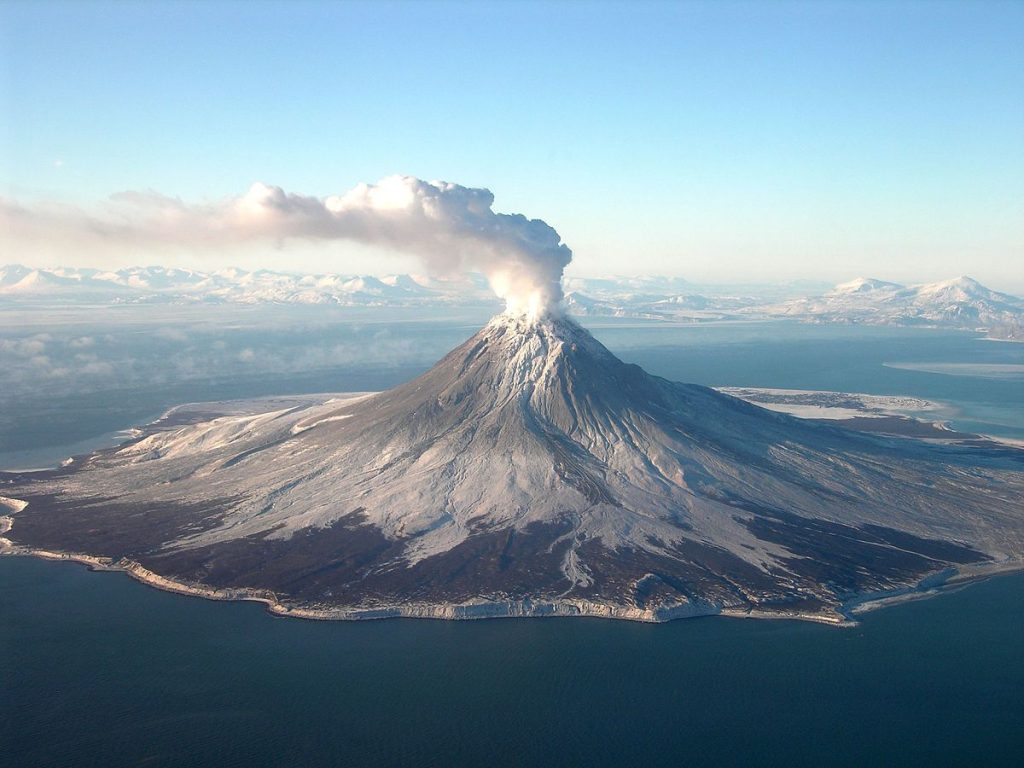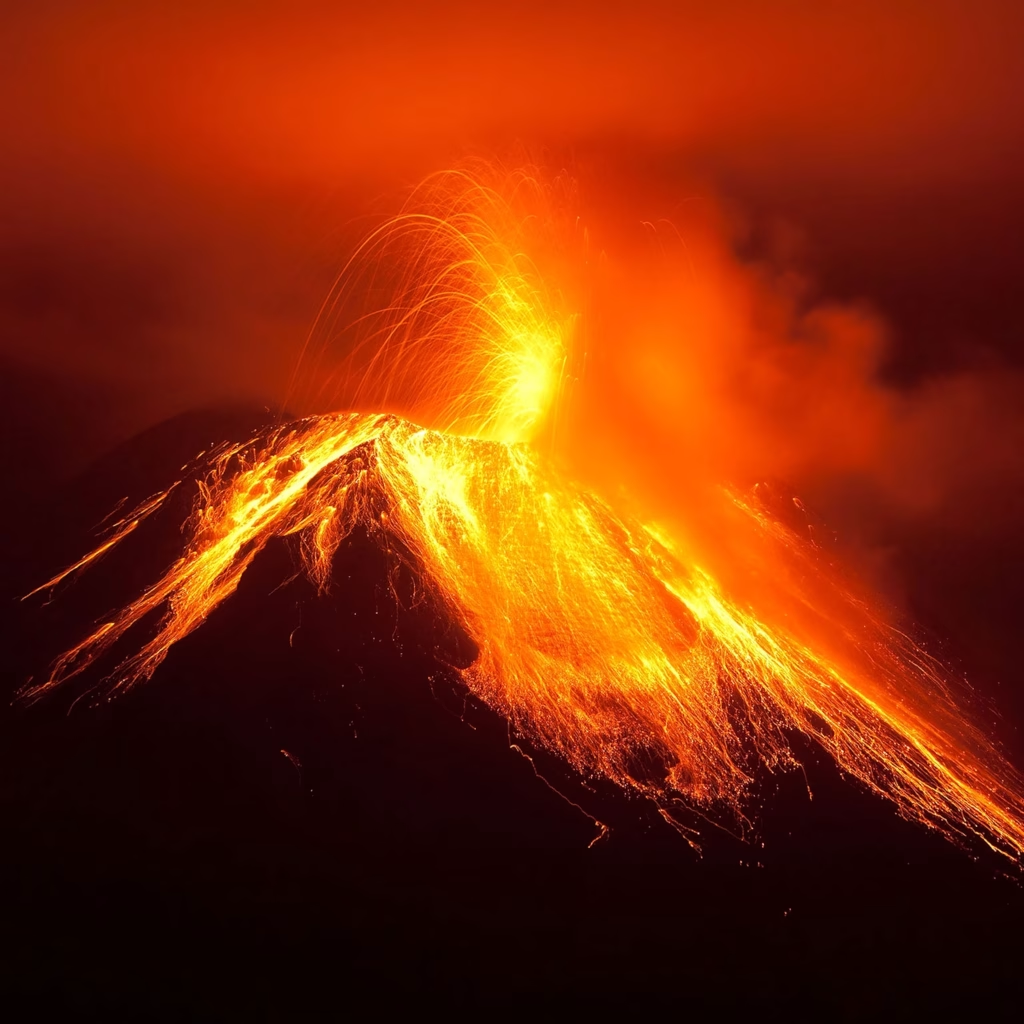volcanic age represents a crucial chapter in Earth’s history, revealing the powerful forces shaping our planet over millions of years. From the formation of vast mountain ranges to the creation of fertile plains, volcanic activity has played a pivotal role in shaping ecosystems and influencing climate.
By exploring ancient eruptions and their geological impacts, we gain insight into the dynamic processes that continue to mold our world today. Join us as we delve into the remarkable story of Earth’s volcanic age and uncover the mysteries of these ancient forces.
Understanding Volcanism

Volcanism is the process through which magma, volcanic ash, and gases escape from beneath the Earth’s surface. This dynamic activity is driven by the movement of tectonic plates and the intense heat from the Earth’s core. When magma rises through cracks, it leads to eruptions that can form mountains, islands, and other geological structures.
Volcanism not only reshapes landscapes but also influences climate patterns and ecosystems. Studying this phenomenon helps scientists predict future eruptions and understand the history of our planet’s formation. Transitioning between quiescent and explosive phases, volcanoes are a testament to Earth’s restless nature.
The Role of Tectonic Plates
Tectonic plates are massive slabs of Earth’s lithosphere, constantly shifting. These movements drive volcanic activity, especially at divergent and convergent boundaries. At divergent boundaries, plates pull apart, creating mid-ocean ridges with underwater volcanoes. Meanwhile, at convergent boundaries, plates collide, often leading to explosive eruptions.
This dynamic interaction results in the formation of mountain ranges, volcanic islands, and rift valleys. Hotspots, where mantle plumes rise independently of plate boundaries, also contribute to volcanic activity. Understanding tectonic plates helps scientists predict volcanic behavior and comprehend Earth’s ever-changing geology. This ongoing process highlights the intricate relationship between Earth’s surface and its fiery interior.
Major Volcanic Zones on Earth
Major volcanic zones on Earth include the Pacific Ring of Fire, the East African Rift, and the Mid-Atlantic Ridge. The Pacific Ring of Fire is known for its frequent, explosive eruptions and numerous active volcanoes.
The East African Rift showcases the power of tectonic plate divergence, creating a landscape dotted with volcanic features. Meanwhile, the Mid-Atlantic Ridge, an underwater marvel, hosts volcanic activity along a massive, underwater mountain range. These zones highlight the diverse nature of Earth’s volcanism, influenced by tectonic movements and geological settings, offering a glimpse into the planet’s dynamic interior.
Types of Volcanoes
There are several types of volcanoes, each with unique characteristics. Shield volcanoes have gentle slopes formed by low-viscosity lava flows. Composite volcanoes, or stratovolcanoes, are steep-sided and built from alternating layers of lava and ash. Cinder cone volcanoes are smaller, with steep, conical shapes formed from volcanic debris.
Lava domes are created by viscous lava that piles up near the vent. Lastly, submarine volcanoes erupt underwater, often along mid-ocean ridges. Each type contributes differently to Earth’s geology, showcasing the diverse nature of volcanic activity. Understanding these types helps scientists predict eruptions and study Earth’s dynamic crust.
Historical Volcanic Eruptions
Historical volcanic eruptions have profoundly impacted human civilization. The eruption of Mount Vesuvius in 79 AD buried Pompeii, preserving Roman life. In 1815, Mount Tambora’s eruption led to the “Year Without a Summer,” causing global crop failures. Krakatoa’s 1883 eruption unleashed massive tsunamis, killing tens of thousands.
Transitioning to the 20th century, Mount St. Helens erupted in 1980, dramatically reshaping the landscape and emphasizing the need for monitoring. Each eruption, from ancient to modern times, highlights the destructive and transformative power of volcanoes, providing crucial lessons in preparedness and resilience. These events underline the ever-present volcanic threat.
Volcanic Hazards and Preparedness
Volcanic hazards include lava flows, ashfall, and pyroclastic surges. Lava flows can destroy homes and infrastructure, while ashfall can disrupt air travel and damage crops. Pyroclastic surges, fast-moving hot gas, and rock are deadly. Preparedness involves monitoring seismic activity, developing evacuation plans, and educating the public.
Emergency kits with essentials like water, food, and masks are crucial. Early warning systems help communities evacuate in time. Collaboration between scientists, governments, and residents is vital. Continuous research and drills ensure readiness for future eruptions. Effective communication can save lives and reduce damage.
Volcanic Activity on Other Planets
Volcanic activity is not exclusive to Earth; it occurs across our solar system. On Venus, vast plains are covered by lava flows, and volcanic features dominate its landscape. Mars boasts the largest volcano, Olympus Mons, standing 13.6 miles high.
Io, one of Jupiter’s moons, is the most volcanically active body, with constant eruptions fueled by tidal heating. Transitioning to icy moons, cryovolcanism is observed on Enceladus and Europa, where water and other volatiles are expelled instead of molten rock. These extraterrestrial volcanoes reveal diverse geological processes beyond Earth, offering insights into planetary formation and evolution.
Volcanic Video and image

Fun Facts about the Volcanic Age
Ancient Supervolcanoes:
Supervolcanoes, like Yellowstone, can cause massive eruptions.
Longest Eruption:
The Puʻu ʻŌʻō eruption in Hawaii lasted over 35 years.
Lava Lakes:
Only a few active lava lakes exist globally, such as in Ethiopia.
Volcanic Lightning:
Eruptions can create lightning due to static electricity.
Volcano Snails:
Certain snails thrive in toxic volcanic vents.
Blue Lava:
Indonesia’s Kawah Ijen volcano emits mesmerizing blue lava due to sulfur.
Volcanic Soil:
Volcanic ash enriches soil, promoting lush vegetation.
Sound Waves:
Krakatoa’s eruption in 1883 was heard 3,000 miles away.
Artificial Volcanoes:
Some engineers study creating controlled eruptions to manage climate.
Volcano Tourism:
Iceland and Japan offer tours to active volcanic sites.
Oldest Volcano:
Mount Etna in Italy has been active for 500,000 years.
Volcanic Hot Springs:
Natural hot springs, like in Iceland, are heated by volcanic activity.
Frequently Asked Questions
What causes a volcano to erupt?
Volcanoes erupt due to the movement of tectonic plates and the pressure buildup from molten rock, gases, and other materials beneath the Earth’s surface. When the pressure becomes too great, it forces its way to the surface through cracks and vents.
Are all volcanoes explosive?
No, not all volcanoes are explosive. Some, like shield volcanoes, have gentle eruptions with low-viscosity lava flows, while others, like stratovolcanoes, can have violent, explosive eruptions.
Can volcanic eruptions be predicted?
While scientists cannot predict the exact time of an eruption, they can monitor signs such as seismic activity, gas emissions, and ground deformation to forecast potential eruptions and provide early warnings.
What are the main hazards associated with volcanic eruptions?
The main hazards include lava flows, ashfall, pyroclastic surges, and lahars (mudflows). These can destroy infrastructure, disrupt air travel, and pose serious health risks.
Why are some volcanoes underwater?
Many volcanoes are found at mid-ocean ridges where tectonic plates diverge underwater. These submarine volcanoes form a new oceanic crust and can also create islands over time.
Do other planets have volcanoes?
Yes, volcanic activity is present on other planets and moons, such as Venus, Mars, and Jupiter’s moon Io. These extraterrestrial volcanoes offer insights into geological processes beyond Earth.
Conclusion
The volcanic age has indelibly shaped our planet’s landscape, fostering diverse ecosystems and impacting human history. By studying ancient eruptions, scientists gain invaluable insights into Earth’s dynamic processes. Preparedness remains key in mitigating volcanic hazards, ensuring communities are ready for potential eruptions. The wonders of volcanism extend beyond Earth, revealing the fascinating geological activity on other celestial bodies. Understanding the intricate relationship between tectonic plates and volcanic activity enhances our grasp of planetary evolution. Join us in marveling at the awe-inspiring power of volcanoes and their enduring influence on our ever-changing world.
